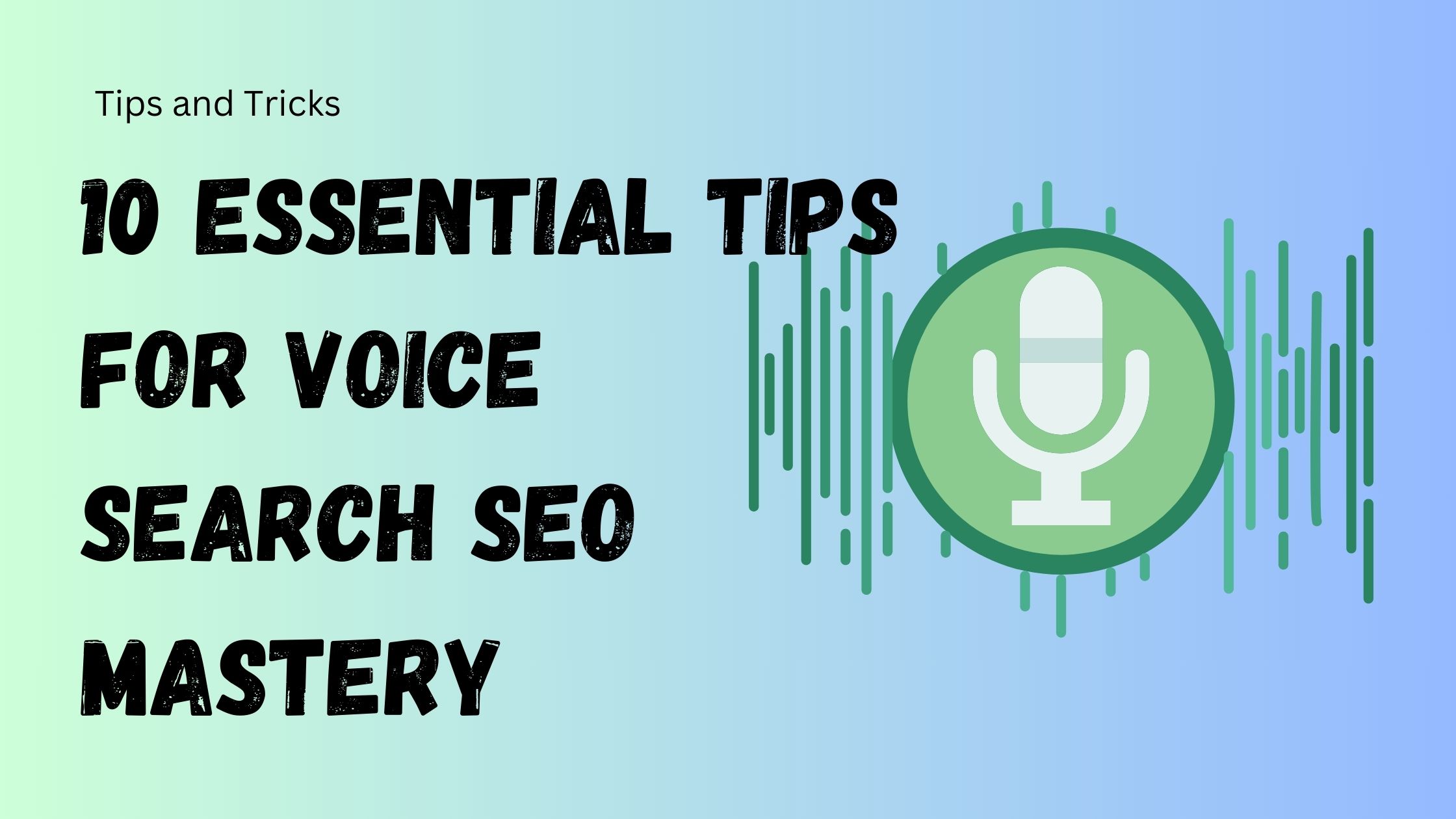With voice search becoming an integral part of digital interactions, optimizing for it in 2024 is essential for maintaining competitive SEO strategies.
Here’s how you can stay ahead and ensure your content is voice search-friendly.
Table of Contents
1. Prioritize Long-Tail Keywords
Voice queries are more conversational than traditional typed searches. Users often ask full questions or use complete phrases.
To optimize for this, incorporate long-tail keywords that reflect natural speech patterns, such as “What are the best SEO strategies for 2024?” instead of simply “SEO strategies.”
Example:
| Typed Search | Voice Search |
| “best restaurants” | “What are the best restaurants near me?” |

2. Optimize for Natural Language
Creating content that mimics human conversation helps align with v-search algorithms.
Integrate natural language into your content by anticipating questions users might ask and answering them clearly and concisely.
This approach makes your content more relatable and enhances user engagement.
Example Phrase: “How do I start a blog in 2024?” can be answered with, “To start a blog in 2024, follow these simple steps…”
3. Implement Structured Data
Schema markup is vital for helping search engines understand your content. Use structured data to highlight important information, making it easier for voice assistants to pull answers from your site.
This structured approach ensures better visibility in voice search results.
Example Markup:
4. Focus on Local SEO
Voice searches are often location-specific, with users looking for nearby businesses or services.
Ensure your site is optimized for local SEO by maintaining updated Google Business Profiles, using location-based keywords, and adding accurate contact information.
“Near me” searches are highly common in voice queries, so tailor your content to capture this intent.
Example Tip: Include phrases like “best coffee shop near [city/region]” in your content.

5. Enhance Page Load Speed
Fast-loading pages are crucial for user experience and v-search success. Optimize images, leverage browser caching, and minimize server response time to keep your pages fast.
Studies show that slow-loading sites have higher bounce rates, which negatively impact SEO.
Data Insight:
| Page Load Time | Bounce Rate Increase |
| 1s to 3s | 32% |
| 1s to 5s | 90% |
6. Ensure Mobile-Friendliness
Voice searches are primarily conducted on mobile devices, making mobile responsiveness a top priority.
Test your site’s mobile usability using tools like Google’s Mobile-Friendly Test and ensure that your design is adaptive to various screen sizes.
Checklist for Mobile Optimization:
- Responsive design
- Fast load times
- Easy navigation

7. Create FAQ Pages
FAQ pages align perfectly with voice search, as they provide direct answers to common questions.
Format your FAQs to be concise and specific, addressing user inquiries such as “How do I optimize my site for voice search?” This approach increases the likelihood of your content appearing in voice search results.
Sample FAQ Format: Q: What is the best way to improve my voice search rankings? A: Use conversational keywords, optimize for local SEO, and ensure mobile-friendliness.
8. Optimize for Featured Snippets
They featured snippets that often power voice search responses. Structure your content to answer questions succinctly—use lists, tables, and direct answers to improve your chances of appearing in these coveted positions.
For example, starting an answer with “The best way to optimize for voice search is…” can position your content effectively.
Example Table for Quick Answers:
| Question | Answer |
| How to optimize for voice? | Use long-tail keywords, schema, and FAQs. |
| Why use featured snippets? | They boost visibility in voice results. |
9. Strengthen Domain Authority
A trustworthy website is more likely to rank well in voice searches. Build your site’s authority by acquiring high-quality backlinks, creating valuable content, and maintaining a secure (HTTPS) environment.
The more credible your website, the better it performs across all SEO metrics.
Tip: Partner with reputable websites for backlinks to strengthen your domain.

10. Monitor and Adapt Using Analytics
Regularly review your analytics to understand how users engage with your voice-optimized content.
Tools like Google Analytics and SEMrush provide insights into traffic sources and user behavior.
Adapt your strategy based on these findings to continually improve your voice search performance.
Pro Tip: Track metrics such as bounce rates, mobile traffic, and user dwell time.
Conclusion
By integrating these 10 essential tips, you can master voice search SEO and position your site for better visibility in 2024.
Stay adaptable, monitor results, and keep refining your strategy to maximize your content’s impact.
FAQs
Q: Why is voice search different from traditional SEO?
Voice search focuses on conversational and question-based queries, requiring content that aligns with how people naturally speak. This contrasts with traditional SEO, which often targets shorter, more concise keywords.
Q: How do I find long-tail keywords for voice search?
Use keyword research tools like SEMrush or AnswerThePublic to identify common questions and conversational phrases relevant to your niche.
Q: Is optimizing for voice search worth the effort in 2024?
Yes, with the increasing use of voice-activated devices, optimizing for voice search helps you stay competitive and reach more users.

Leave a Reply